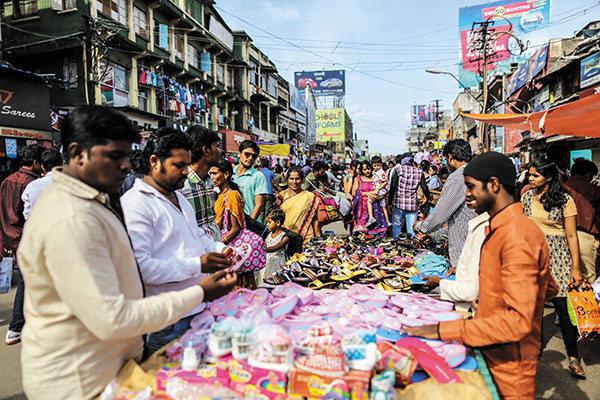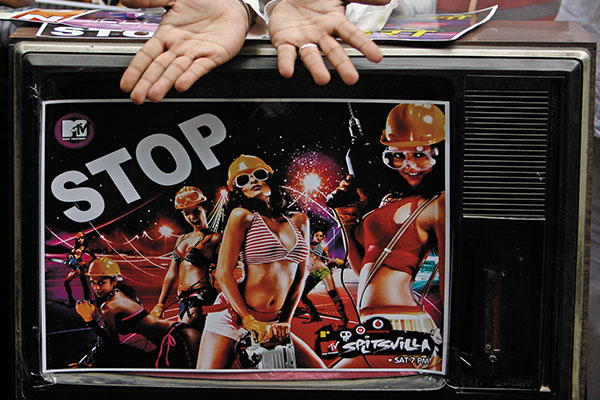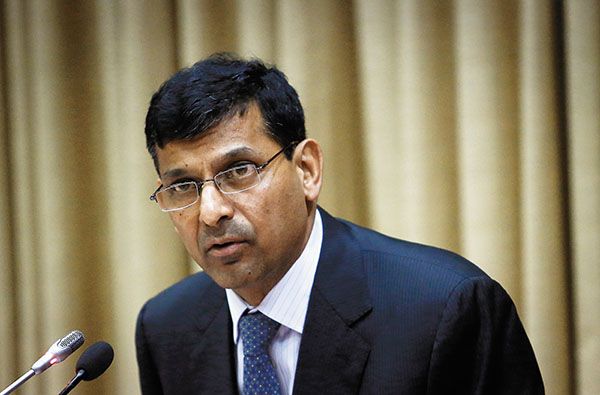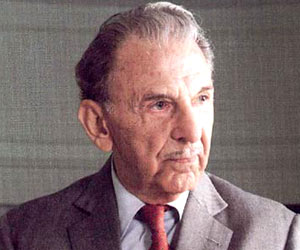 |
Image: Vivek Prakash / Reuters
|
High rises under construction behind an old residential building in central Mumbai
|
Forbes India Udit Misra 10 January, 2014
1. The Real Estate (Regulation and Development) Bill, 2013
The real estate sector is largely unregulated. There is lack of standardisation, transparency and consumer protection.
Introduced in August 2013, this Bill deals with residential real estate, and looks into the transactional (buying and selling) aspect of the sector; it aims to bring transparency to the sector, making disclosure of project details mandatory, along with the functions of the promoter. It also aims to provide a speedy grievance redressal mechanism.
The Bill seeks to establish Real Estate Regulatory Authorities (RERAs) at the state level. RERAs will aim to ensure consumer protection, standardisation in business practices, and transactions in the real estate sector. Their main functions will include advising governments on development of the sector, and maintaining and publishing records on projects on its website. The Act will include setting up of a Real Estate Appellate Tribunal with powers of a civil court to address consumer grievances.
RERAs will have the power to conduct an inquiry and penalise promoters, allottees, or real estate agents; a promoter can be penalised up to 10 percent of the total cost of the real estate project, and an allottee can be charged up to 10 percent of the total cost of the apartment.
2. The Right of Citizens for Time Bound Delivery of Goods and Services and Redressal of their Grievances Bill, 2011
This Bill aims to create a mechanism that will ensure timely delivery of goods and services to citizens. It will make it mandatory for every public authority to publish a citizens’ charter—with details of the goods, services, and timeline for deliveries—within six months of the Bill being cleared.
The authority will then be required to appoint officers to redress grievances within 30 working days. Companies that render services under a statutory obligation or a licence, too, will have to have such charters, and set up redressal mechanisms. Officials who fail to render the service can be penalised up to Rs 50,000.
The Bill will also enable people to file complaints regarding matters mentioned in this charter, functioning of public authorities, violation of laws, policy or scheme, thus creating a grievance redressal mechanism parallel to instruments created by some Central and state laws.

Image: Getty Images
Customers at a shoe stall in Sitabuldi market in Nagpur
3. The Street Vendors (Protection of Livelihood and Regulation of Street Vending) Bill, 2012
Unlike other sectors, street vending is one area in which the vestiges of the licence raj continue to hold sway. Of the 10 million street vendors in India, very few are legal. For instance, Mumbai has about 2.5 lakh vendors, but the city authorities have a licence ceiling of just 14,000. This means the vast majority remain vulnerable to bribery and extortion from local police and municipal authorities, heavy fines and evictions.
The Bill aims to protect the livelihood of street vendors and regulate the sector by demarcating vending zones, conditions, and restrictions on street vending.
In October 2010, the Supreme Court directed the government (Central/state) to enact a law by June 2011 to recognise the livelihood rights of street vendors and regulate vending activities. In 2011, the National Advisory Council (NAC) recommended enacting a Central law. Several states, including Chhattisgarh, Rajasthan, Madhya Pradesh, Andhra Pradesh and Odisha, have enacted laws in this regard. In September 2012, the Street Vendors (Protection of Livelihood and Regulation of Street Vending) Bill, 2012 was introduced in the Lok Sabha to create a uniform law for regulating street vending across states and union territories.
4. The Consumer Protection (Amendment) Bill 2011
The Bill aims to provide greater protection to consumers by expanding the definition of ‘unfair contract’ to include excessive security deposits, disproportionate penalty, refusal to accept early repayment of debt, and termination of contract without reasonable cause. It empowers the state and national commissions to take help of individuals or organisations if they believe a case involves the larger interest of the consumers.
The amendments will make orders of the District Forum, State Commission or National Commission enforceable as a court decree; failing to enforce an order will be punished by a penalty not less than Rs 500, or 50 percent of the value of the order, whichever is higher; the property of the defaulting person can also be attached as penalty. The amendment will also allow filing of online complaints.
 |
|
|
SKS loan officers at a distributing point in Medak village in Andhra Pradesh
|
5. The Micro Finance Institutions (Development and Regulation) Bill, 2012
The Bill provides for the Reserve Bank of India (RBI) to regulate the micro finance sector and set up a grievance redressal mechanism, provides safeguards against dominance by micro finance institutions to charge excessive rates, and sets an upper limit on lending rates and margins. The Bill also allows mutual fund investors (MFIs) to provide pension and insurance services, accept deposits, but (unlike banks) there is no facility for insuring customers’ deposits against defaults by MFIs.
Apart from the regulatory aspect, the Bill also provides for a Micro Finance Development Fund, managed by RBI. Proceeds from the fund can be used for loans, refinance or investment to MFIs.

Image: Danish Siddiqui / Reuters
Mithun, 11, poses with a laterite brick mine in Maharashtra's Ratnagiri district
6. The Child Labour (Prohibition and Regulation) Amendment Bill, 2012
The existing Child Labour (Prohibition and Regulation) Act of 1986 prohibits children up to the age of 14 from working in certain types of occupations, and regulates their work conditions in other occupations. The Amendment Bill aims to introduce a category, ‘adolescent’, to the Act, so that it covers youngsters between 14 and 18 years of age as well, and bans their employment in hazardous occupations, such as working in mines, with inflammable substances and hazardous processes.
The Bill seeks to enhance penalties too: The punishment for employing a child will be increased to imprisonment between six months and two years (from between three months and one year), or a fine of Rs 20,000 to Rs 50,000 (from Rs 10,000 to Rs 20,000), or both.
The Bill empowers the government to periodically inspect places where employment of children and adolescents is prohibited.

Image: Fayaz Kabli / Reuters
A National Akali Dal activist gestures in front of a mock TV set during a protest in New Delhi
7. The Indecent Representation of Women (Prohibition) Amendment Bill, 2012
The Indecent Representation of Women (Prohibition) Act, 1986, prohibits indecent representation of women through advertisements or publications, writings and paintings (primarily in the print media). The amendment aims to cover the internet, satellite-based communication, and cable television.
The provision, however, will not be applicable to material published in the interest of science, literature or art or for bona fide religious purpose or for sculptures in ancient monuments or temples.
The Bill will also enhance penalties: For representing women indecently, the penalty for the first offence will be increased to an imprisonment of three years (from two years) and a fine between Rs 50,000 and Rs 1 lakh (from Rs 2,000). For a subsequent offence, imprisonment shall be between two and seven years, and a fine between Rs 1 lakh and Rs 5 lakh.















